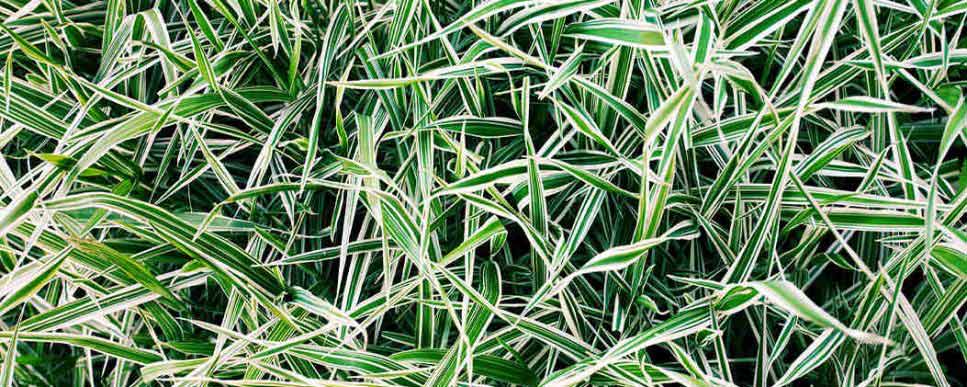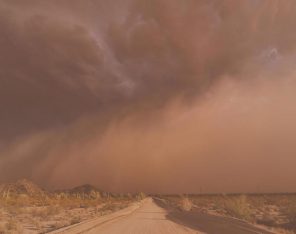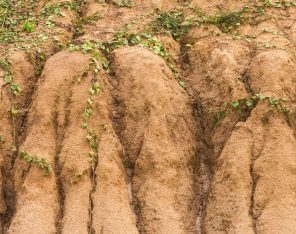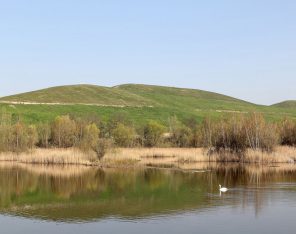
Cover Crops: A Definition

Cover crop refers to a specific plant that is grown primarily for the benefit of soil rather than the yield of crops and grasses. Establishing a cover on exposed or disrupted land is essential for good soil management and erosion control. They are usually utilised to manage soil erosion, improve soil fertility and control diseases and pests. Depending on the project purpose, cover crops are typically grasses or legumes, but may be comprised of other plant species.
Benefits of a Cover Crop
A cover crop will establish quickly and work to provide a root system that will stabilise the soil by holding it together, counteracting the effects of soil erosion due to overland water flow and wind until new seedlings have established. Because each root creates pores in the soil, cover crops allow water to penetrate the ground, conserving water and reducing overland flow on the soils surface.
Cover crops are very often utilised in hydroseeding and hydromulching projects where fast ground cover must be achieved quickly to stabilise bare surface areas from erosive forces.
Types of Cover Crops
Grasses are most commonly used for cover crops. Species include annual cereals, rye, barley and oats, and annual or perennial forage grasses such as ryegrass and millet. Nonlegume cover crops tend to have extensive root systems, with most establishing quickly to greatly reduce erosion. Additionally, they can produce large amounts of residue, therefore, aiding in the addition of organic matter to soil, suppressing weed germination and growth.
Ryegrass
There is more than one species of Rye; in fact, there are three different types of grasses that contain the word “rye” in their name. when attempting to differentiate between the three, it is easy to get confused, so referring to their scientific names may provide some clarity:
- Lolium Multiflorun – Annual Ryegrass
- Lolium Perenne – Perennial Ryegrass
- Secale Cereale – Winter Rye
Some people refer to both annual and perennial ryegrass as “Winter Rye”. It is important to note that Winter Rye is a grain, not a grass, and is commonly referred to as Cereal Rye. Despite their differences, they all do share one thing in common; they are all cool-season grasses.
Annual & Perennial Ryegrass
Annual & perennial ryegrasses grow well in the cooler months when established early enough. These cover crops are usually utilised in combination with warm-season grasses; when the warm-season grasses go dormant in the cooler months, ryegrass provides a cover, protecting the surface form erosion control while looking aesthetically pleasing. ryegrasses develop extensive root systems providing very effective erosion control while creating significant quantities of organic matter in the soil. Despite all of this, the ability of annual & perennial ryegrasses to tolerate a variety of conditions and their ability to reseed quickly mean that it can be an invasive plant.
Winter Rye
When managed well, winter rye is very effective as a cover crop as its very winter-hardy and easy to establish. Its ability to germinate quickly, together with its hardiness means that is it able to be planted later in the cooler seasons than most species. Winter rye boasts good winter-hardiness, a deep root system which aids in the effects of erosion and loosens the soil and is drought tolerant compared to other cereals. The strength of winter rye however lays in its ability to control weeds. This horticultural super power is referred to as “allelopathy”, which is the ability to inhibit the germination of the seeds of competing plants.
Oats
Widely used as cover crops for decades, oats are not very winter-hardy plants. When planted in the warmed months, oats are utilized as a green manure, while cooler planting provides winterkilled ground cover. The naturally killed mulch smothers weeds and suppressed them through allelopathic residue, along with taking up excess soil nutrients, improving the productivity of plants. The covers fibrous root system also holds soil during cooler weather, conserving moisture even after being killed by frost.





